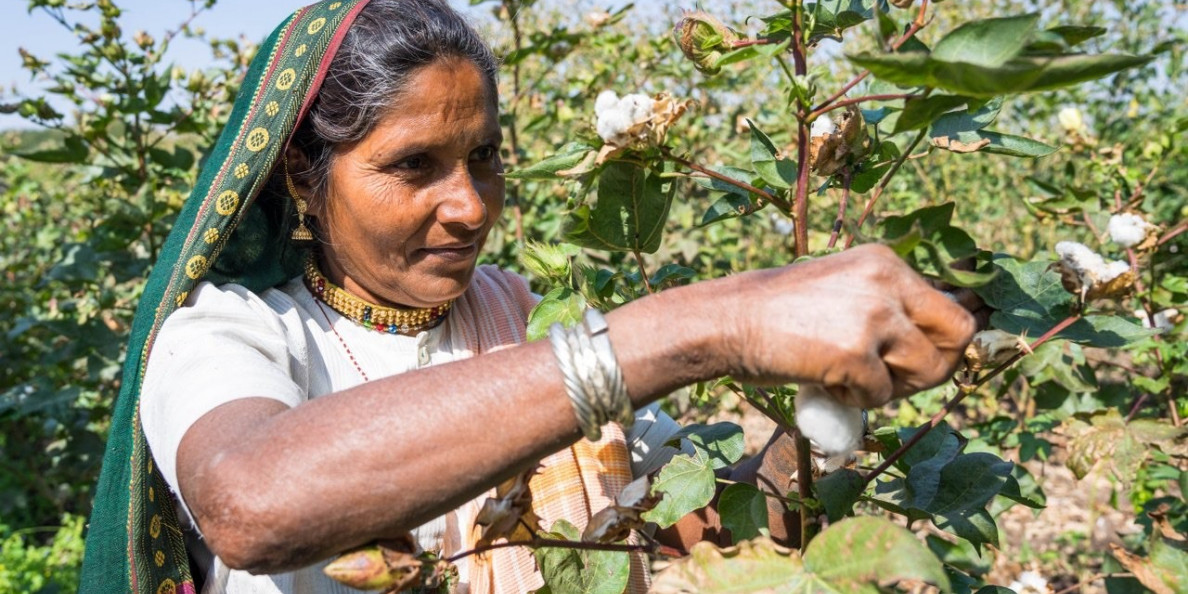* Area expected to drop 12 pct from a year ago
* Pink bollworms trim yields, raises input costs
* Farmers could switch to soybeans in coming season
By Rajendra Jadhav
MUMBAI, March 20 (Reuters) - Cotton planting in India, the world’s top producer of the fibre, could fall 12 percent in the 2018/19 crop year as infestation by the pink bollworm has slashed farmers’ incomes and prompted them to choose other crops, industry officials said.
The reduction in planting area could cut into export supply from India and further bolster global cotton prices, which earlier this month hit their highest since June 2014.
“We are expecting lower sowing in Maharashtra and Telangana due to pink bollworm attacks. Many farmers in these states are likely to switch to other crops like soybeans,” said Atul Ganatra, president of the Cotton Association of India (CAI).
Infestations slashed crop yields and forced farmers to increase pesticide costs in the western state of Maharashtra and Telangana in the south, both key cotton producers.
Pink bollworms consume the fibre and seeds inside a cotton plant’s boll, or fruit, and yields fall.
The area under cotton could fall to 10.8 million hectares in the 2018/19 marketing season that starts at the beginning of October, down from 12.26 million hectares in the current year, Ganatra estimated.
Most Indian farmers start planting cotton, which requires lots of moisture, with the onset of monsoon rains in June, although those with irrigated fields can start as early as May.
“I spent 35,000 rupees ($536.85) on pesticides to control pink bollworms, but still the pest thrived. This year yield was 400 kg per acre against last year’s 900 kg,” says Sudhakar Pawar, a farmer from Wardha, around 720 km east of Mumbai.
Pawar is planning to cut his cotton to 2 hectares (5 acres) in the upcoming season, down from 5 hectares, and raise his soybean acreage.
Indian farmers have adopted genetically-modified seeds known as Bt cotton that are resistant to bollworms, but it hasn’t stopped the infestations.
The technology transformed India into the world’s second-largest exporter of cotton after the United States. Pink bollworms, however, have developed resistance to the technology.
“We are advising farmers to use hybrid cotton seeds instead of Bt cotton to minimise losses,” said Kavita Gupta, India’s textile commissioner.
India’s farm ministry has decided to reduce royalties paid by Indian seed companies to Monsanto for its genetically modified (GM) cotton by 20.4 percent.
India’s state weather department will provide forecasts for June-September monsoon rains next month. A private forecaster said last week the monsoon could deliver slightly below normal moisture in 2018.
The monsoon is key to determining cotton production as it is mainly grown in rain-fed areas, said Chirag Patel, chief executive at India’s Jaydeep Cotton Fibres Pvt Ltd.
Pakistan, Bangladesh, China and Vietnam are key buyers of Indian cotton. (Reporting by Rajendra Jadhav; Editing by Tom Hogue)
Πηγή: Reuters

